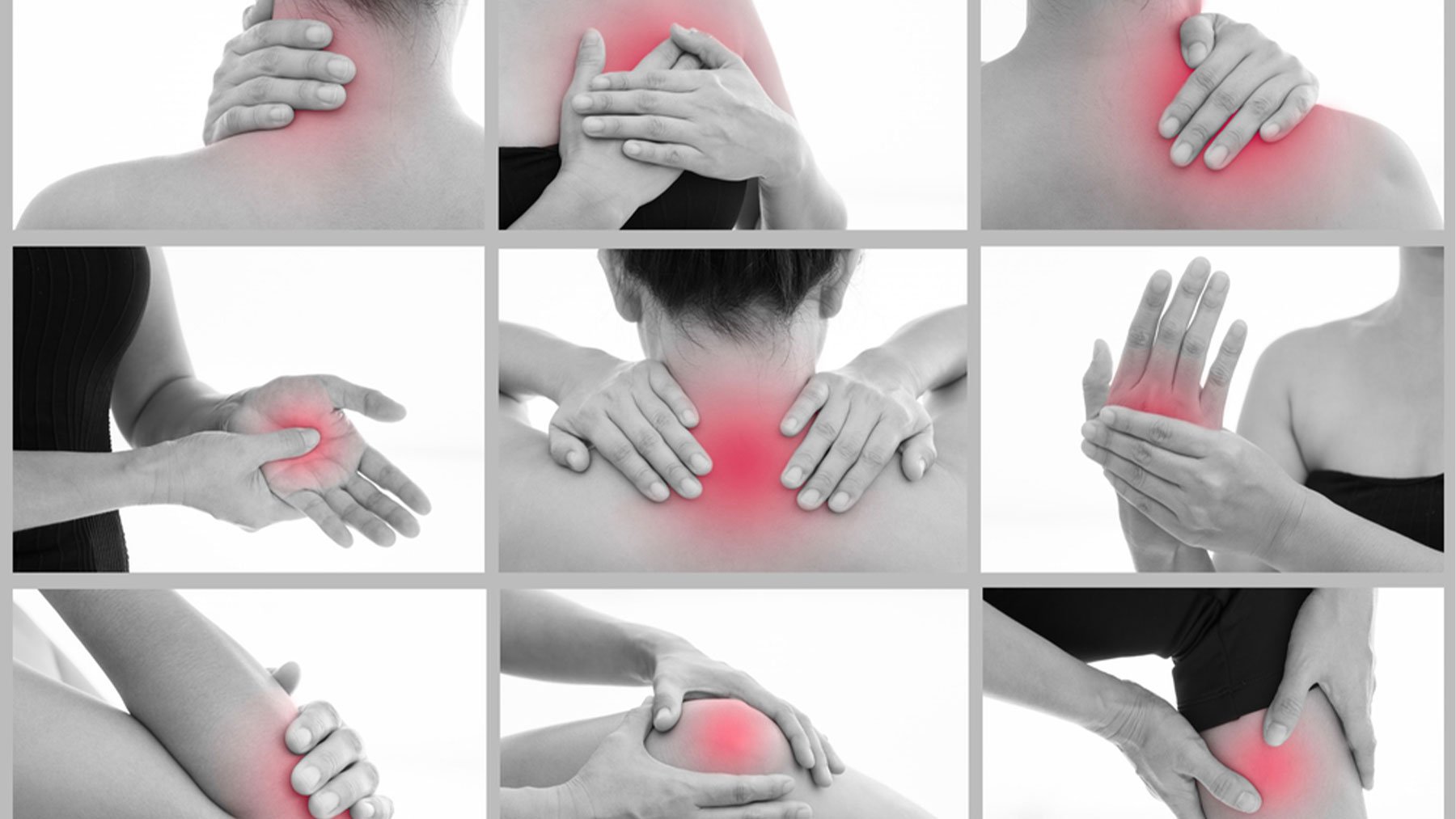Chronic pain seriously impacts physical and emotional well-being

This usually occurs, most often in car accidents, especially in unexpected rear-end collisions, when the muscles are relaxed and unable to prevent movement. Also due to other situations such as sudden movements, such as falls or anti-anatomical turns of the neck. We’re talking about whiplash.
Also known as cervical acceleration-deceleration trauma, it occurs when something causes strong and sudden movement in the neck it carries him back and forth furiously.
A new study finds that just one to three days after a whiplash injury Scientists can predict which patients will develop chronic pain based on the degree of cross-talk between two brain regions and a person’s level of anxiety after trauma, as highlighted in work published in the journal Nature Mental Health and conducted by researchers from Northwestern Medicine (USA.)
In particular, studies have shown that the more a person communicates hippocampus (memory center of the brain) with crust (which is involved in long-term memory), the more likely a person is to develop chronic pain. Moreover, the more anxiety a person immediately after a traffic accident, the more accurately scientists could predict the chronic pain a person felt a year after the accident.
The first work of this kind
This is the first study to show that just a few days later After a particular injury, the brain can adapt in ways that put it at risk of developing chronic pain.
According to a statement from the report’s first author, Paulo Branco, assistant professor of anesthesiology and pain medicine at Northwestern University Feinberg School of Medicine, it is believed that The connection between the hippocampus and the cerebral cortex is responsible for the formation of new memories associated with the accident and pain. items. “The hippocampus is responsible for consolidating new memories into lasting memories,” he insisted.
Although researchers don’t know why this increase in connections is a risk factor chronic painhypothesized that these individuals had strong memories encoded in their brains that associated head and neck movement with pain. “This generates expectations and associations. If the memory has a high emotional meaning, it causes patients to associate the movement with pain. When the brain receives these signals, it pays more attention to them, based on the painful memories that were formed as a result of the accident,” the expert said.
And he insisted: “Although we usually think that pain is associated only with injury, In fact, it is the brain that creates the sensation of pain.. “The brain makes a decision about whether a movement should be painful or not, and we think this may depend on previous experiences stored in memory.”
Prevention
Apkar V. Apkarian, Director of the Center for Translational Pain Research and Professor of Neurobiology Feinberg School of Medicine from Northwestern University elaborated: “Now that we know this is a critical period, we can focus our treatment efforts at this early stage to prevent chronic pain rather than trying to cure it, which is much more difficult.” .
He added: “Because anxiety plays an important role in brain changes, It is possible that treating anxiety immediately after trauma may reverse these changes. possibly through anxiolytics or other medications. “It may also be possible to develop new treatments that target hippocampal activity and connectivity using pharmacological or neuromodulation techniques.”
In previously published research, Apkarian’s lab has shown that, beyond parameters of injury, the brain plays a critical role in the development and maintenance of chronic pain. But so far the mechanisms that regulate it remain poorly understood. How and why does the brain predispose patients to develop chronic pain? And is there a critical period during which changes in the brain occur that put patients at risk for chronic pain? New research answers these questions.
Chronic pain
Chronic pain represents a significant burden on society and seriously impacts the physical and emotional well-being of millions of patients all over the world. In the US alone, approximately 3.3 million adults currently suffer from chronic pain from whiplash, and many more suffer from other chronic pain conditions. Current treatments for chronic pain remain minimal and inappropriate, leading to a high proportion of patients using opioids, contributing to the current national opioid epidemic, researchers say.
How the research took place
This large-scale longitudinal study was conducted in collaboration between Technion-Israel Institute of Technology, the aforementioned Northwestern University and McGill University. Researchers have compiled the largest longitudinal brain imaging dataset to date: more 200 whiplash patients were recruited, 177 of whom underwent magnetic resonance imaging. AND
The purpose of the study was identify early predictors of transition from acute to chronic pain. This patient population provided a unique opportunity to study early brain changes after injury because the onset of pain can be traced to the time of the accident. Data was collected from March 2016 to December 2021.
The patients underwent functional MRI scans within three days of the injury, allowing the researchers to study brain activity in areas involved in learning and memory during this critical time. These patients were then followed for the next 12 months to assess pain levels and track which patients developed chronic pain and which recovered from it. Participants also completed wide range of psychological and psychophysical testswhich the researchers used in addition to brain imaging results.
What’s next in this investigation?
In the short term, researchers plan further study of the mechanisms underlying the hippocampal response to injuryassessing what additional physiological (cortisol, inflammation) and psychological (trauma and stress disorders, fear of movement) factors may further drive these brain mechanisms. They also aim to test whether these results can be generalized to other chronic pain conditions. In the long term, the goal is to address these maladaptive responses soon after injury to test their causal role in the development of chronic pain. This may include the use of pharmacological treatment, cognitive behavioral therapy, or transcranial magnetic stimulation.
